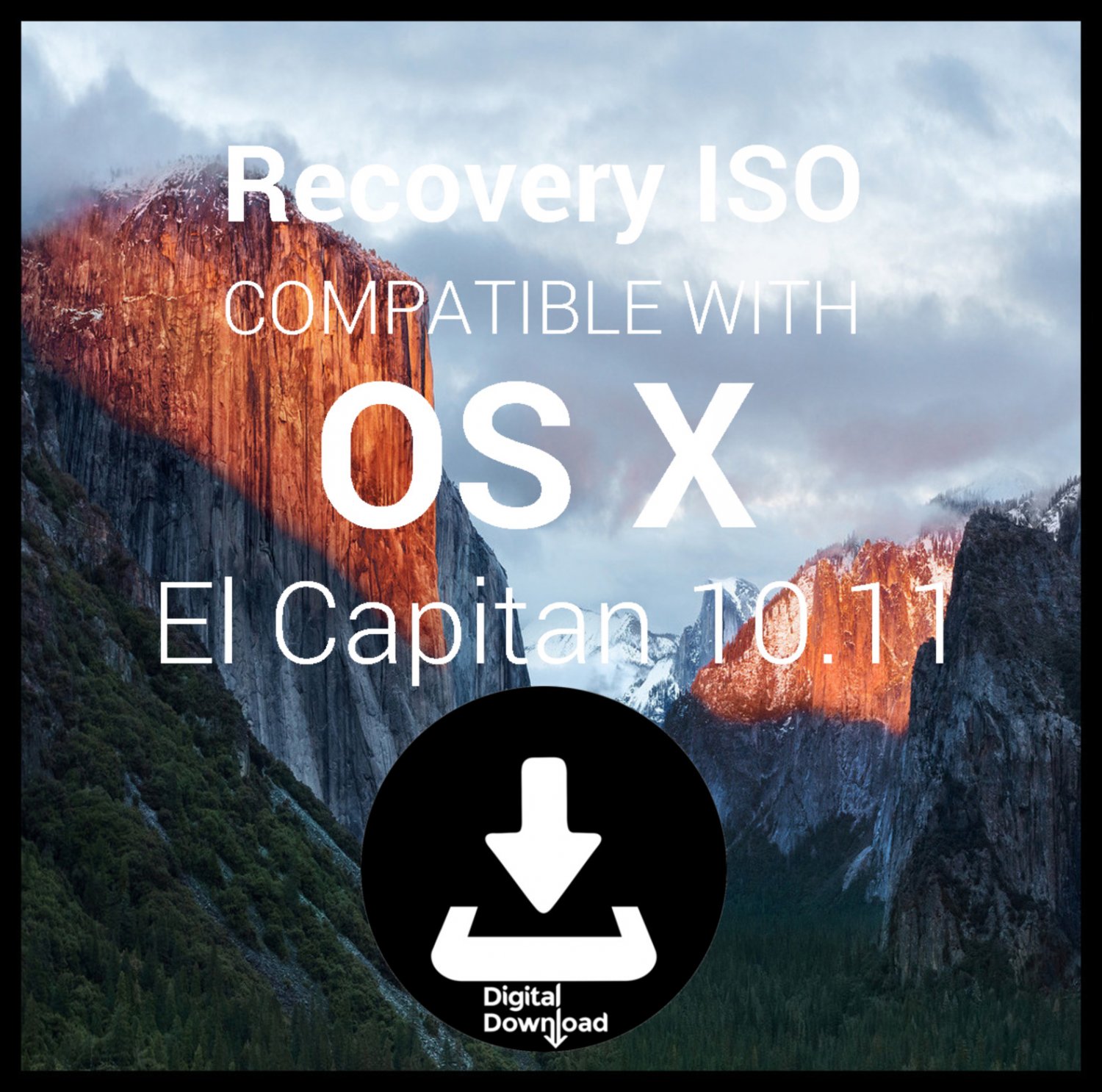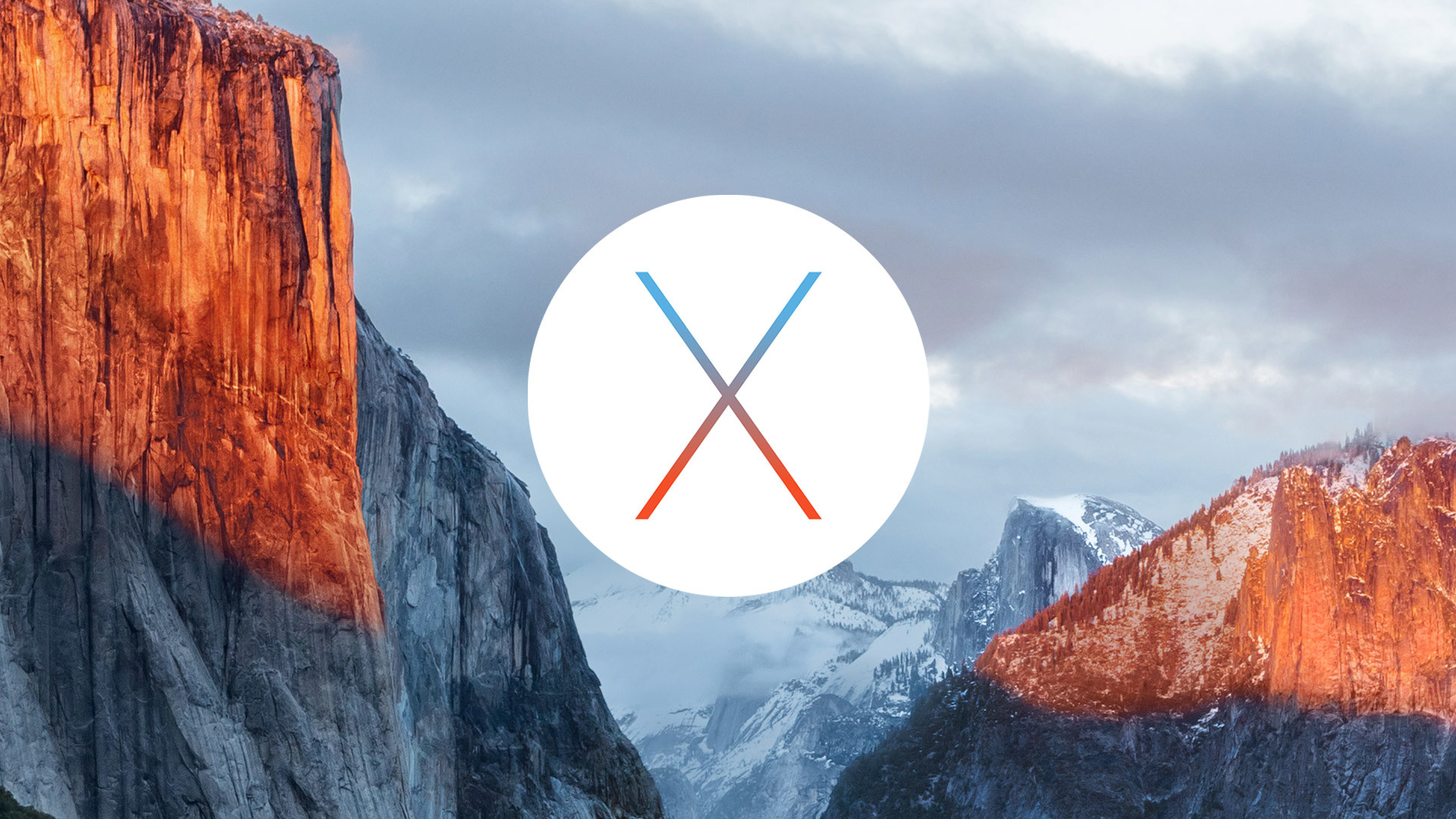

- Mac os x el capitan download mac os x#
- Mac os x el capitan download install#
- Mac os x el capitan download code#
- Mac os x el capitan download download#
Mac os x el capitan download download#
The following link contains details of the download (you’ll need to follow my instructions to get the screen resolution and apple ID working correctly though.)ģ.
Mac os x el capitan download mac os x#
Download the mac OS X El Capitan virtualbox disk, and unzip it.
Mac os x el capitan download install#
Download virtualbox (I’m using version 5.1) and install it, along with Winrar or 7zip and some torrent downloading software if you don’t have those already.Ģ. Realistically you are going to need a quad core processor with at least 8GB of ram on your host machine. By the way you should know that this is not really in line with Apple’s T&C’s…. It’s almost impossible to run OS X on anything other than official apple hardware, but it turns out the ‘guest’ machines created by virtualbox can be tweaked and are much easier to get OS X running. I’ve used it before to have a separate windows installation for games and development, but I recently found out it was possible to run mac OS X too. It’s a piece of software that allows you to run a virtual computer ‘guest’ inside your standard computer ‘host’. So, I’m not willing to buy a mac (especially since I’ve just recently bought a nice new laptop), but I want to have a go at developing an iOS app…Įnter Virtualbox. It’s not like Windows or Andriod which you can develop on any platform. I was pretty keen to try my hand at something new, however I’ve got a big idealogical problem with Apple – mostly because I think their hardware products are hugely overpriced for the specifications but also because of their annoying insistence that you have to develop for iOS on mac software. Then all I had to do was to, basically speaking, replace the occurrences of " NSMenuExtra" by " NSStatusItem", since the two APIs are almost the same.I was recently asked by a client to port a simple web-based javascript program to an iOS app. So, how did I port MenuMeters to El Capitan, then? Well, I just gave up having ⌘-dragging. In El Capitan, Apple added a more stringent check of the allowed NSMenuExtra's, and MenuCracker no longer works. MenuCracker was an NSMenuExtra that pretended to be one of those allowed ones, which, once loaded inside SystemUIServer, removed these checks, so that more NSMenuExtras can be loaded without any problem. MenuMeters used this to inject their own NSMenuExtra's to SystemUIServer in fact MenuMeters' author is one of the main authors of MenuCracker.Įssentially, until Yosemite, SystemUIServer had a fixed list of allowed NSMenuExtras.
Mac os x el capitan download code#
But until Yosemite, there was a known way to work around it, available as an open-source code as MenuCracker. But since 10.2, Apple had a code that blocked SystemUIServer to load non-system-provided NSMenuExtra's. In fact until and including OS X 10.1, Apple allowed it. But this happened later than the need to port MenuMeters to El Capitan 10.11.)Īnyway, due to this better behavior of NSMenuExtra's, people often wanted to write their own. (On macOS Sierra 10.12, Apple finally implemented and enabled ⌘-dragging for all NSStatusItem's, including this port of MenuMeters. I have no idea why ⌘-dragging was not provided for the latter by the system. One good thing about the former is that you can rearrange them by ⌘-dragging the menu items. The latter can be displayed by any app written by any developer. The former are loaded and displayed by SystemUIServer, a process provided by the system. There are in fact two types of such menu bar items, one known as NSMenuExtra's and another known as NSStatusItem's.

As you very well know and is shown in the screenshot above, there can be various utilities put on the right hand side of the menu bar.


 0 kommentar(er)
0 kommentar(er)
